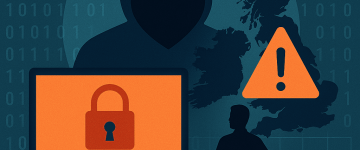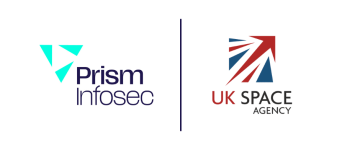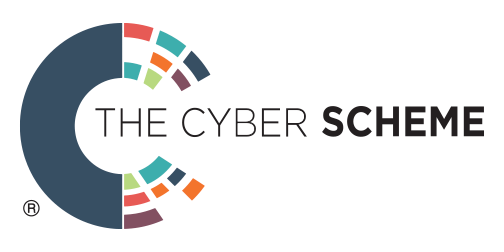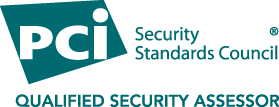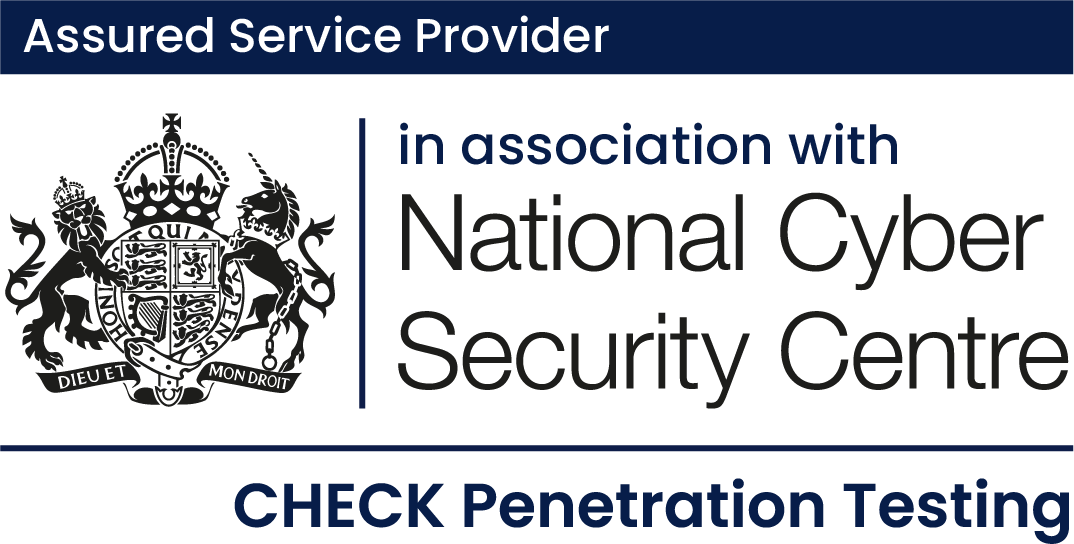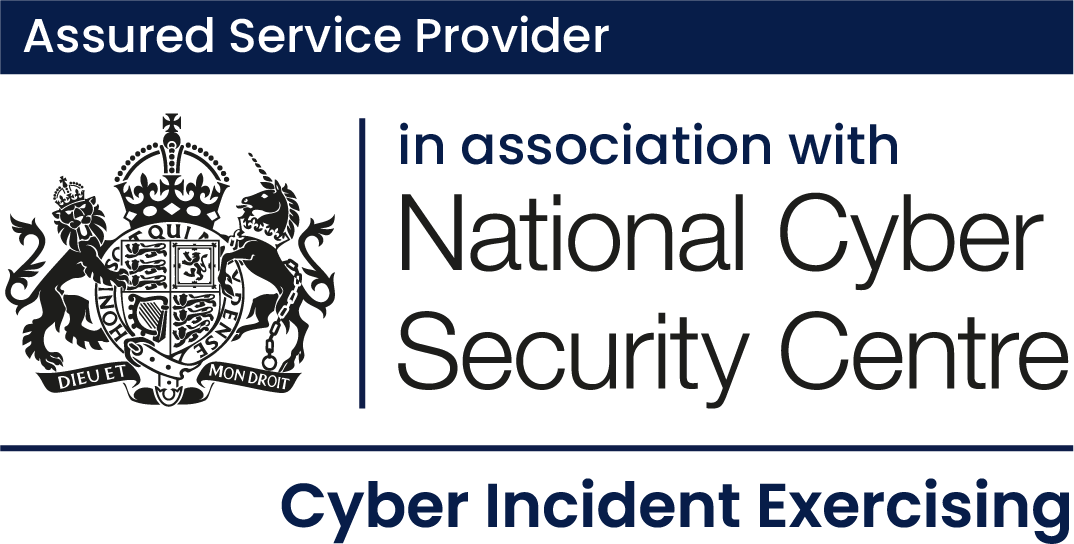In today’s compliance-driven landscape, IT audits and certifications are critical tools to display your organisation’s adherence to industry standards. With that, certifications such as Cyber Essentials and ISO27001 are no longer distinguishing factors for prospective clients and suppliers, they’ve instead become a minimum requirement. And with good reason: these certifications reflect your organisation’s commitment to security and operational processes.
Despite this, compliance is often mistaken for protection. But here’s the thing – digital assailants don’t care about your audit results. Threat actors exploit gaps, even where the surface appears secure. Security certifications may make your organisation less of a target, but they’re not a full deterrent. This article will unpack how audits can be used to augment your organisation’s security, and how to break away from the dangerous checkbox mindset.
An Illusion Of Compliance
Audit frameworks are recognized for providing a comprehensive, platform-independent process for maintaining your organisation’s operational and security processes. The shortfall of this, frameworks cover these processes at a surface level –without consideration for specific systems and services, and without wider organisational context.
These frameworks – including those that require technical audits – come with inherent limitations. Audits often suffer from a limited scope of assessed services and controls, sampling techniques which may fail to identify security gaps, outdated assessment criteria that overlook emerging threats and a lack of expertise for niche systems and implementations which can lead to improper evaluations. Additionally, audits are point-in-time assessments that offer no ongoing validation that compliance is sustained throughout the certification period.
Furthermore, internal teams often view audits as box-ticking exercises. This encourages a reactive, minimum-effort approach to organisational security and the introduction of superficial implementations to satisfy requirements. For example, to satisfy the requirements of an audit, an organisation may deploy the following processes and controls:
Monitoring – Enforcing logging across systems to improve awareness and visibility -but -logging thresholds are too broad, or processes are not in place to ensure logs are reviewed on a regular basis.
Access Control – Security groups are set up to restrict access to resources -but -personnel continue to assign permissions at the user level, creating complex identity and access management configurations.
Policies – A comprehensive set of tailored policies are developed and stored in the organisation’s information management system (IMS) – but -policies are not distributed appropriately or enforced.
Temporary Controls – Temporary controls and processes to satisfy audit requirements -but -controls and processes are either removed or overridden for convenience purposes after the audit.
Account Security – Complex password requirements and multi-factor authentication are enforced -but -exemptions are made for certain accounts or fallback authentication is allowed for convenience.
The above examples highlight that satisfying audit requirements does not guarantee security. But that does not make audits redundant: audit frameworks should be the floor of your organisation’s security, not the ceiling.
Moving Beyond The Checklist
So where do we go from here? Here’s how you can ensure your organisation uses audits as an opportunity to augment security rather than limit it:
Prioritise Risks
As aforementioned, threat actors do not respect audit scope. Organisations need to go beyond what is required from audits and assess risk in the context of their organisation: What are your critical assets? Where is sensitive data stored? Which identities and service principals present a high risk? Conducting a comprehensive business impact analysis in combination with threat modelling and attack path mapping can help your organisation understand how your critical assets may be targeted by threat actors and how you can mitigate this. Taking a risk-based approach can shift your perspective from box-ticking to genuinely reducing the likelihood and impact of a cyber-attack.
Validate Controls
As identified, many audits verify whether security controls exist in your environment – not whether they function correctly, or how effective they are. Because of this, it’s important that organisations actively test control effectiveness through simulation and control-specific testing. Conducting these testing exercises can help identify operational controls that benefit security and those in place purely to satisfy technical audits.
Bridging the IT & Security Gap
Security and IT teams often operate independently from each other, despite having intertwined responsibilities. This can lead to misaligned priorities between teams – IT teams may make changes to improve convenience but inadvertently weaken security posture. Likewise, Security teams may implement changes to improve security that negatively impacts convenience. IT & Security teams should have a shared accountability to support operations and maintain resilience against cyber threats.
Encouraging Security Culture
Security resilience is not just enforced by technical controls, but also a security-aware culture where all stakeholders understand their role in security. Helping personnel to understand processes and procedures rather than merely enforcing them empowers them to think critically and take ownership of secure practices. Having buy-in on your security culture from all stakeholders helps to build proactive security habits across your organisation.
Post-Audit Review
After passing an audit, it’s tempting to move on and forget. But conducting a post-audit review provides an opportunity to reflect and make improvements where necessary. A post-audit review can identify areas that were stretched to satisfy requirements, controls that were hastily implemented and documentation that was rushed for submission. Reviewing these areas can help surface gaps between policy and execution, improve preparation for future audits and build maturity beyond the standards of the audit.
Conclusion
In review, audit frameworks are essential for ensuring that your organisation enforces industry standard processes and procedures to maintain information security. Your organisation should use audits as a foundational basis on which to further develop security and operational process, using them as an opportunity for an unbiased external assessment of your security baseline as opposed toa security guarantee.
Through maintaining a checkbox approach to audits and implementing superficial security controls and processes, organisations are setting themselves for failure – as certifications and compliance to standards are not a suitable alternative to tailored security controls. Threat actors will seek vulnerabilities and attack paths outside of the scope of an audit.
By prioritising risks in the context of your organisation, validating implemented security controls, fostering an effective security culture and conducting comprehensive post-audit reviews, your organisation can take a more proactive approach to audits and gain more value from them as a result.
If your organisation needs assistance in developing, maintaining or evaluating your security procedures and controls or understanding and gaining more from your audits, please reach out to our experienced team at Prism Infosec to find out more.







